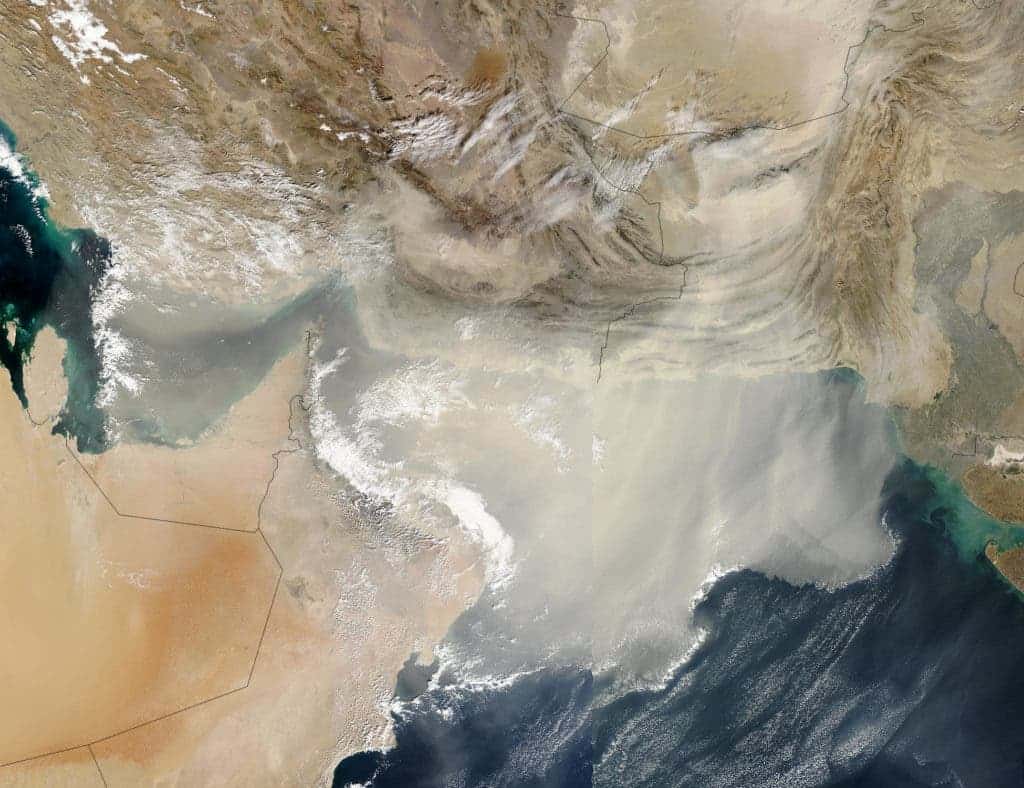You can’t see it but, this very moment, millions of viruses are falling on the ground around you. Some might originate from thousands of miles away, riding air currents and piggy-backing dust particles, a new study found.

Scientists first hypothesized decades ago that viruses could travel over great distances when they found genetically similar viruses occurring in very different environments around the globe. Now, for the first time, a team of researchers has uncovered not only how the viruses manage this feat but also in what numbers.
The researchers at the University of British Columbia probed sites high in the Sierra Nevada mountains in southern Spain, scooping samples from 9,840 feet (3,000 m) above sea level. At this altitude lies the planetary-boundary layer, also called the free troposphere. This is right below the stratosphere but still high enough to escape the grasp of weather systems.
Among the samples of microbes attached to airborne dust and water vapor, the researchers found a copious amount of viruses and bacteria. Viruses far outnumbered the bacteria, however, by as much as 461 to one.
“Every day, more than 800 million viruses are deposited per square meter (11 square feet) above the planetary boundary layer,” explained University of British Columbia virologist Curtis Suttle, a senior author of the research published in the International Society for Microbial Ecology Journal.
The viruses were attached to more of the organic and lighter particles than the bacteria. This suggests that viruses can remain airborne for longer, enabling them to travel over greater distances. Above the planetary boundary layer, there were far fewer viruses present, numbering only in the tens of millions per square meter.
The prospect of having millions of viruses showering your backyard every day can sound terrifying. There are over 320,000 types of viruses (that we know of) but they mostly infect bacteria. This isn’t a new thing, either. It’s been happening every day for ages, so the news shouldn’t concern you. What’s more, the effects of ‘virus rain’ are largely positive, rather than negative. This great virus migration and deposition can act as a seed bank, allowing ecosystems to rapidly adapt to environmental changes.
Next, the researchers plan on studying what type of viruses ride the air currents and their ability to infect hosts. And, as the climate continues to change, researchers predict there will be even more viruses raining down on us. Soil erosion and hurricane dynamics are increasing the amount of dust exposed to the atmosphere, which microbes latch onto to travel over the continents.


